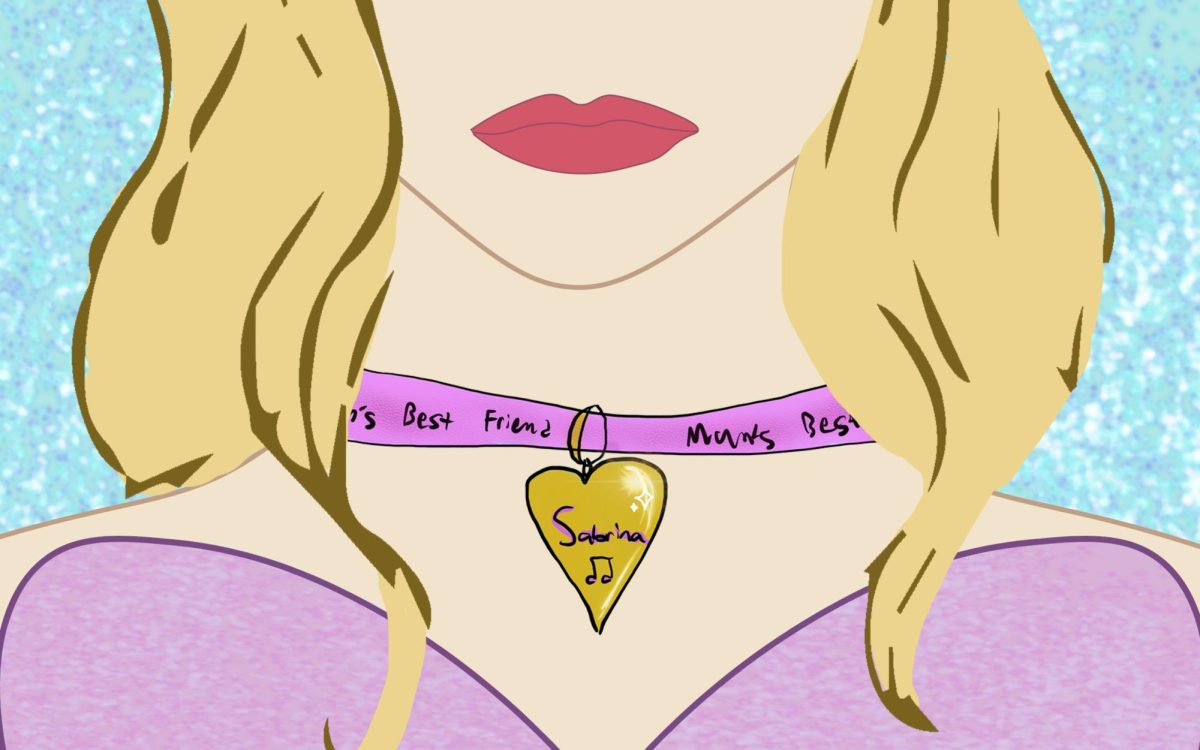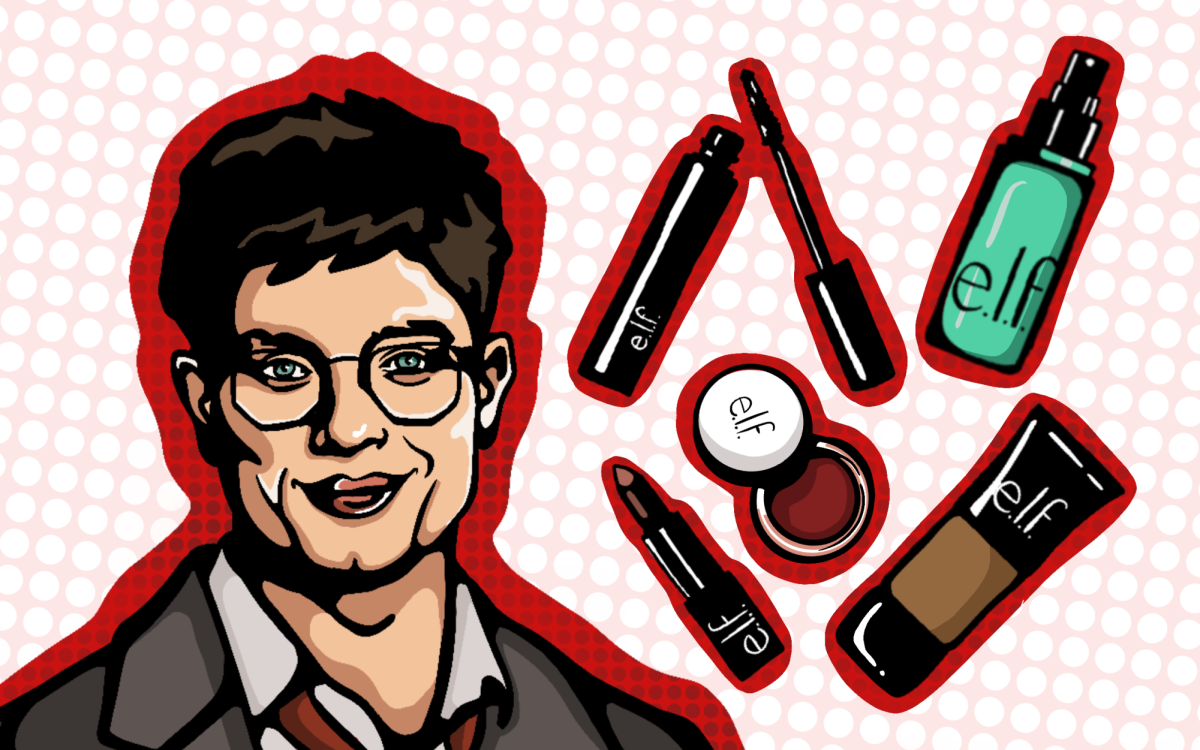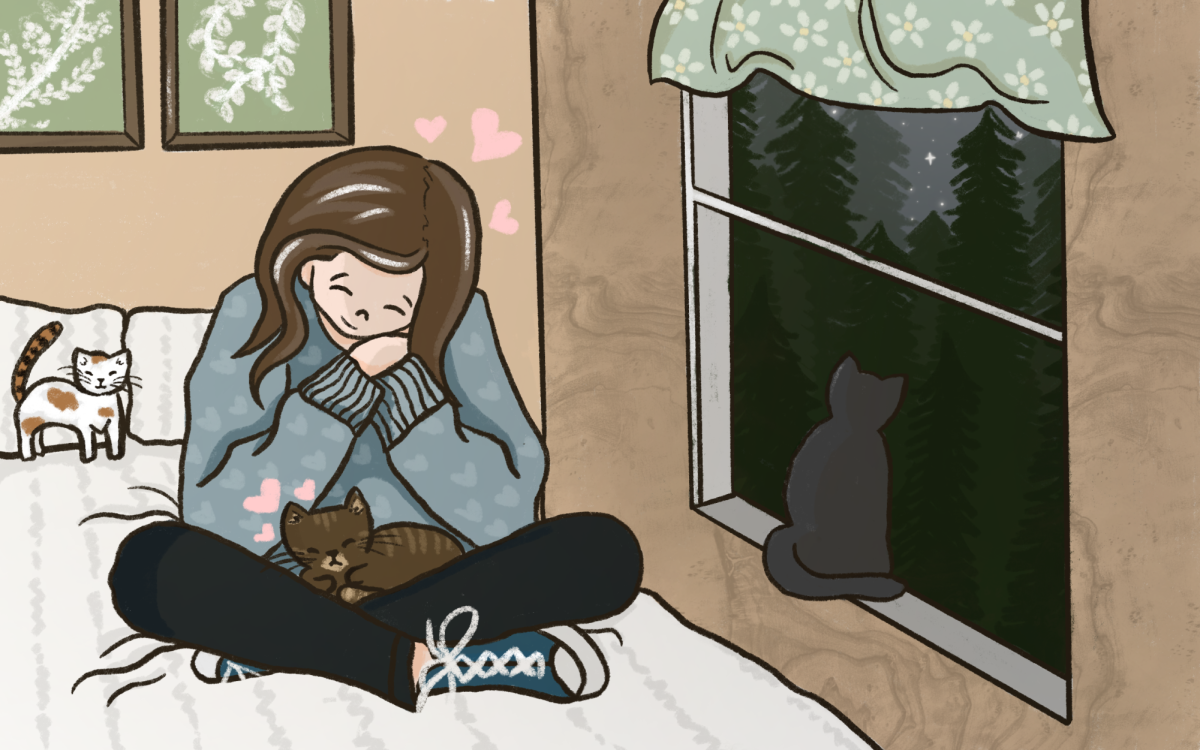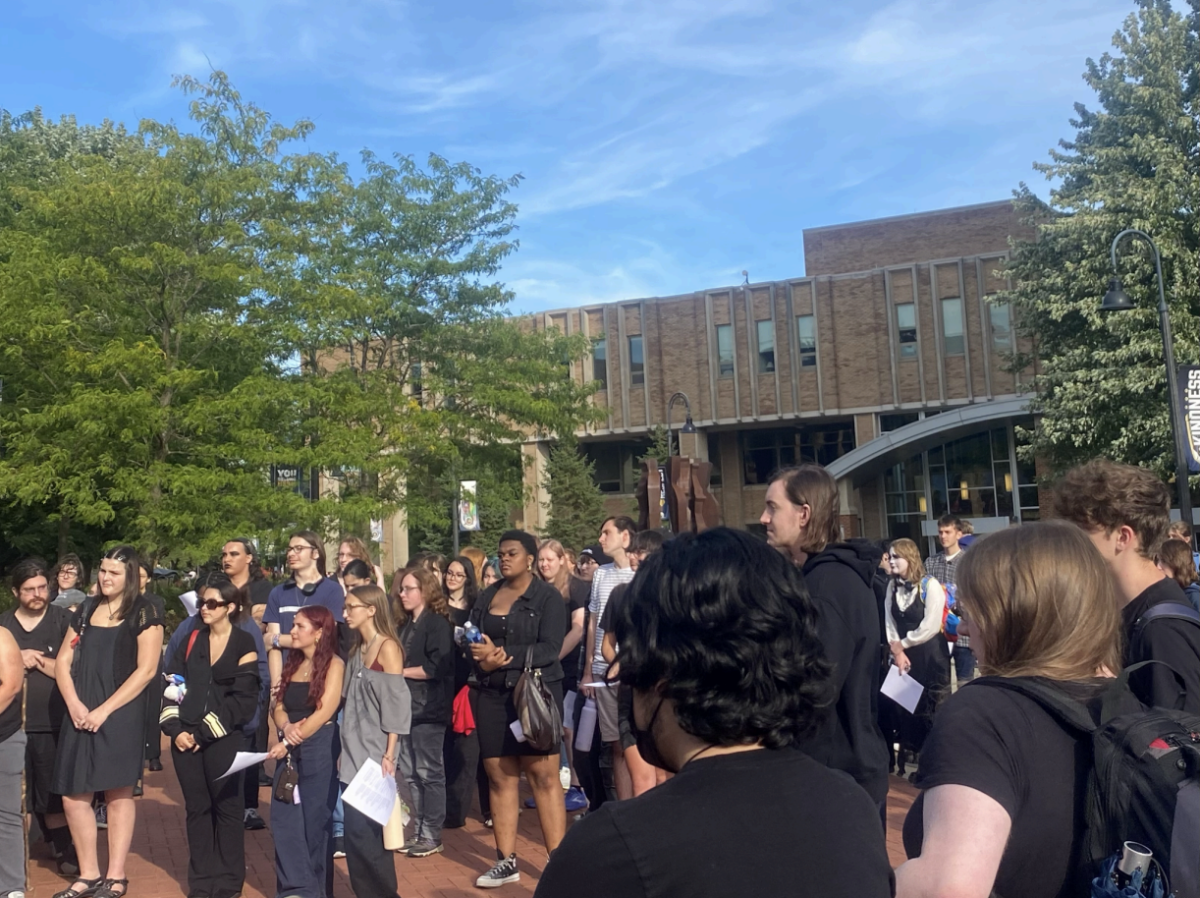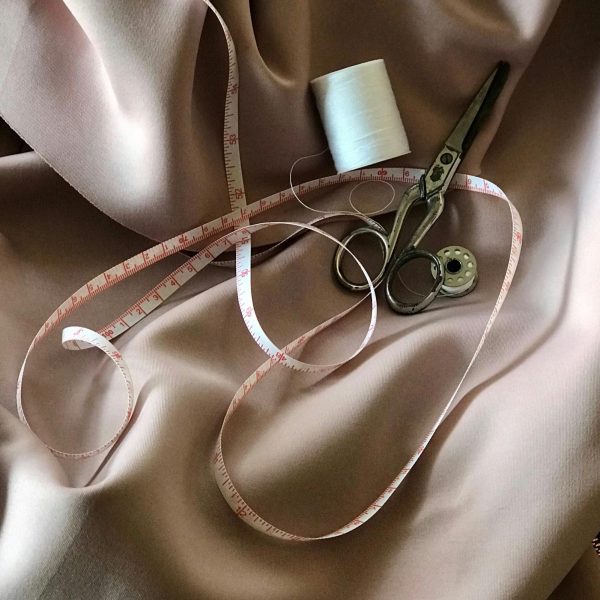
How many people grew up with their grandmothers sewing their Halloween costumes?
Who has gone to the older women in their family to have a seam fixed, a stuffed animal sewn back up after the dog got to it, a button replaced or anything that involves a needle and thread?
Many people at Kent State are here for fashion design, but not everyone came in with basic sewing experience. Not everyone grew up sewing or had access to a sewing machine. Thinking back to the past, sewing machines used to be a basic household tool, but are now a rarity to find in the common home. Many women used to be in charge of sewing or fixing clothes for their kids. Not just clothes either, but curtains, bedding, blankets and so many other things.
It’s curious to think about why this basic skill has disappeared from generation to generation, and why it is now a career to be learned instead of common knowledge. So how did sewing become something no longer passed down through generations? And should it have been? Is the knowledge of sewing something everyone should be capable of?
Sewing itself takes time, commitment and patience, traits that a lot of younger people have lost. Technology has encouraged a fast-paced life, removing the concentration in many younger people. Why should they fix a minor tear when they can order a whole new shirt and have it delivered the next day? In the past, buying new clothes was not as easy as it is now. Hemming or re-sewing a button was faster, cheaper and more efficient than shopping.
Abbie Hagan, a graduate student at Kent State who has been working hard in the costumes department of theater shows, did not learn to sew from a relative. Instead, she learned through school Family Consumer Science courses when she was younger.
As someone who works and teaches college students sewing, she notes that “[basic sewing skills] is something that is important to maintain the things you need to live.” These things can include simply just fixing a button, but is “a skill to maintain your life as a person.” If an article of clothing you bought rips or loses a button, it would be more beneficial to just simply fix it rather than to get rid of it.
Sewing is not a super hard skill to learn–basic hand sewing techniques can be learned through a tutorial on YouTube. Some people did have access to Family Consumer Science or Home Economics classes in middle school and high school, but not everyone did.
The biggest problem with the lack of sewing knowledge is the waste it creates. Due to fast fashion and cheaply made clothing, rips and tears are a lot more common. Since many young people are purchasing from these sites, they commonly get clothing that will rip. Since they do not have the knowledge to fix it, these garments end up in the garbage.
If consumers knew how to simply fix a seam or replace a button, the garment would have a longer lifespan and would not end up in the trash. Even if everyone grew up with basic sewing skills, that does not mean going to school for fashion would be unimpressive.
Hagan mentioned that there are a lot of skills fashion school provides besides sewing. She has worked with a lot of people who “come from a home sewing background,” and their “ability to adapt to different ways of doing things is what sets a home sewer apart from people ready for a career in sewing.”
Even if someone has a home sewing background, there are a lot of essential skills that fashion school can teach. Knowing the industry format, the marketing and merchandising side and sustainability is just as–if not more–important.
I do believe that everyone should take some time to teach themselves some fundamental sewing skills to help keep clothing alive for longer, even if they’re not planning on becoming a fashion designer.








